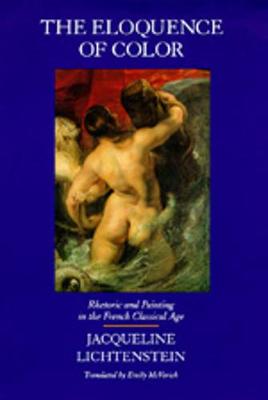The New Historicism: Studies in Cultural Poetics
1 primary work
Book 18
In this contribution to the theory of art, Jacqueline Lichtenstein discusses the importance of colour in reconciling ancient differences between rhetoric and painting. The visible world has been suspect since Plato accused the Sophists of relying on rhetorical show, of being in effect makeup artists. Before the 17th century, these differences were manifest in a valorization of design over colour. But in the 17th century, the image suddenly becomes an essential agent of thought. Rhetorical colour is revalued along with colour in painting, with cosmetics, and with all that belonged to the feminine, as a sensual force necessary to reconcile reason and pleasure, action and passion. Lichtenstein thus identifies a major shift in European theories of meaning, gender and the relationship between the world and the image.
